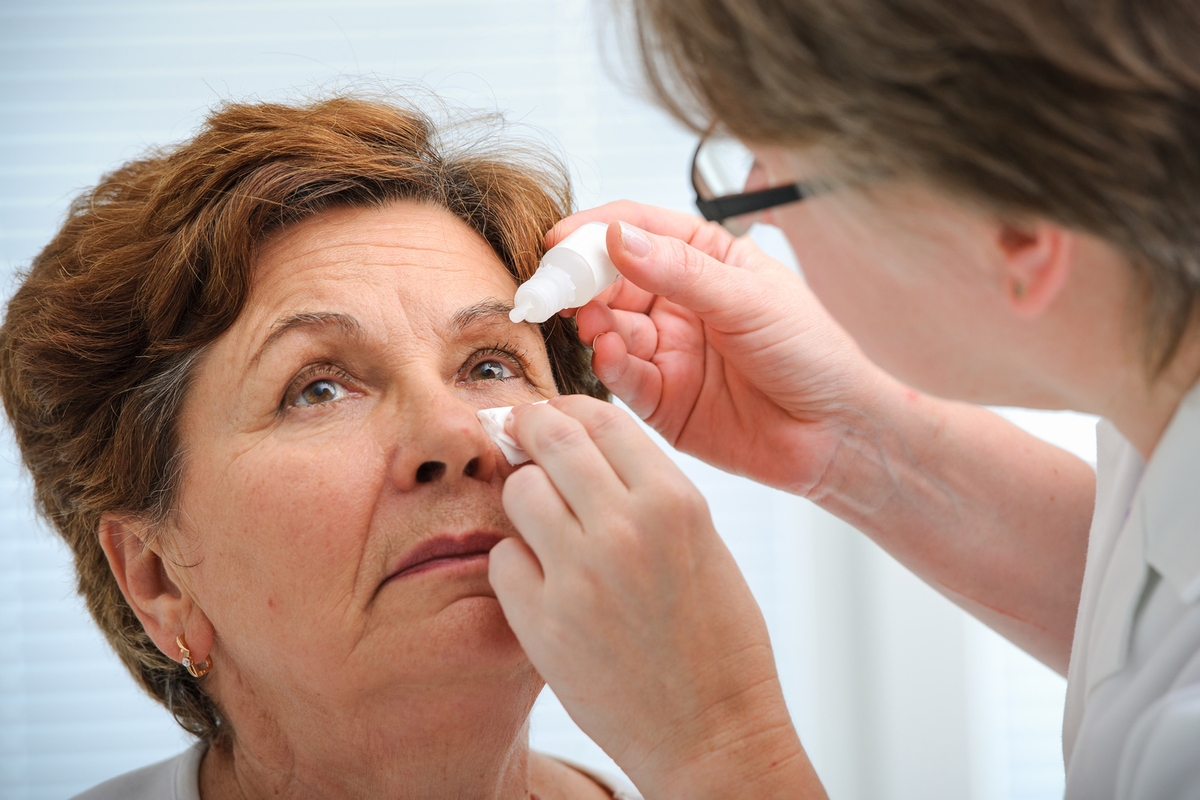Fuchs Dystrophy Treatment: A Comprehensive Guide
Fuchs Dystrophy, also known as Fuchs Endothelial Dystrophy (FED), is a progressive eye condition that affects the cornea, leading to vision impairment. It primarily targets the corneal endothelial cells, which are responsible for maintaining corneal transparency by regulating fluid levels. Over time, the degeneration of these cells can result in corneal swelling, loss of transparency, and vision problems. This article delves into the various treatment options available for managing Fuchs Dystrophy, aiming to present a detailed and thoroughly researched guide.
Understanding Fuchs Dystrophy
Fuchs Dystrophy generally manifests in individuals over the age of 50, although early onset can occur. the initial stage where the endothelial cells begin to deteriorate, and the later stage marked by corneal swelling and vision impairment.

– Blurry or cloudy vision, particularly upon waking up
– Glare and halos around lights
– Pain or discomfort in the eyes
– Sensitivity to light
Early diagnosis and timely management are crucial to slowing down the progression of the disease and maintaining the patient’s quality of life.
Non-Surgical Treatment Options
While there is no cure for Fuchs Dystrophy, several non-surgical treatments can alleviate symptoms and improve vision.
1. Lubricating Eye Drops
Over-the-counter lubricating eye drops, also known as artificial tears, can help maintain corneal moisture and reduce discomfort caused by dryness. These drops do not treat the underlying disease but can provide temporary relief from symptoms.
2. Hypertonic Saline (5%) Eye Drops or Ointments
Hypertonic saline drops or ointments can help draw water out of the cornea, reducing swelling and improving vision clarity. Patients typically use them in the morning when corneal swelling is often at its peak.
3. Blow Drying/ Hair Dryer Technique
A simple yet effective home remedy involves using a hairdryer to improve corneal dehydration. Holding a hairdryer at arm’s length and blowing warm air (on a cool setting) towards the eyes for a few minutes each morning can help reduce corneal edema and improve vision throughout the day.
Surgical Treatment Options
As Fuchs Dystrophy progresses, non-surgical treatments may become inadequate, necessitating surgical intervention. Several surgical options are available, ranging from minimally invasive procedures to full corneal transplants.
1. Endothelial Keratoplasty (EK)
Endothelial Keratoplasty is a type of partial-thickness corneal transplant that involves replacing the diseased endothelial cell layer with healthy donor tissue. Two common types of EK are:
– DSEK (Descemet’s Stripping Endothelial Keratoplasty): This involves transplanting the Descemet membrane and the endothelial cell layer.
– DMEK (Descemet Membrane Endothelial Keratoplasty): A more refined version of EK, DMEK involves transplanting only the Descemet membrane and endothelial cells, resulting in faster recovery and better visual outcomes compared to DSEK.
2. Penetrating Keratoplasty (PK)
Penetrating Keratoplasty is a full-thickness corneal transplant where the entire diseased cornea is replaced with a healthy donor cornea. While this method has a longer recovery time and higher risk of complications compared to EK, it remains an option for patients with advanced corneal scarring or other conditions that preclude partial-thickness transplants.
3. Graft Rejection Management
Post-surgical management is crucial to ensure the success of corneal transplants. Patients must adhere to prescribed immunosuppressive medications and attend regular follow-up appointments to monitor for signs of graft rejection, such as:
– Redness
– Pain
– Light sensitivity
– Decreased vision
Early detection and treatment of graft rejection are essential to preserving the transplanted cornea’s function.
Emerging Treatments and Research
Research into Fuchs Dystrophy is ongoing, and emerging treatments hold promise for more effective management in the future.
1. Advanced Surgical Techniques
Innovations in surgical techniques, such as femtosecond laser-assisted EK and pre-cut tissue processing, aim to improve the precision and outcomes of corneal transplants.
2. Pharmacological Advances
Researchers are exploring pharmaceutical interventions that can enhance the survival and function of endothelial cells, potentially delaying or reducing the need for surgical intervention.
3. Genetic and Cell-Based Therapies
Gene therapy and regenerative medicine are burgeoning fields that may offer novel solutions for Fuchs Dystrophy. These therapies aim to repair or replace damaged endothelial cells at the genetic level, potentially halting disease progression.
Fuchs Dystrophy remains a challenging condition, but advancements in both non-surgical and surgical treatments offer hope for those affected. Early diagnosis, personalized treatment plans, and ongoing research are critical components in managing this disease and improving patients’ quality of life.
Patients experiencing symptoms of Fuchs Dystrophy should consult with an eye care professional to explore the most appropriate treatment options. By staying informed and proactive, individuals can significantly mitigate the impact of this condition on their vision and daily lives.

